4 Best Dumbbell Chest Exercises
1. Dumbbell Chest Press
Lie on the back on the floor or on a mat with a dumbbell in each hand. Extend the arms straight up over the chest, with the palms facing in.
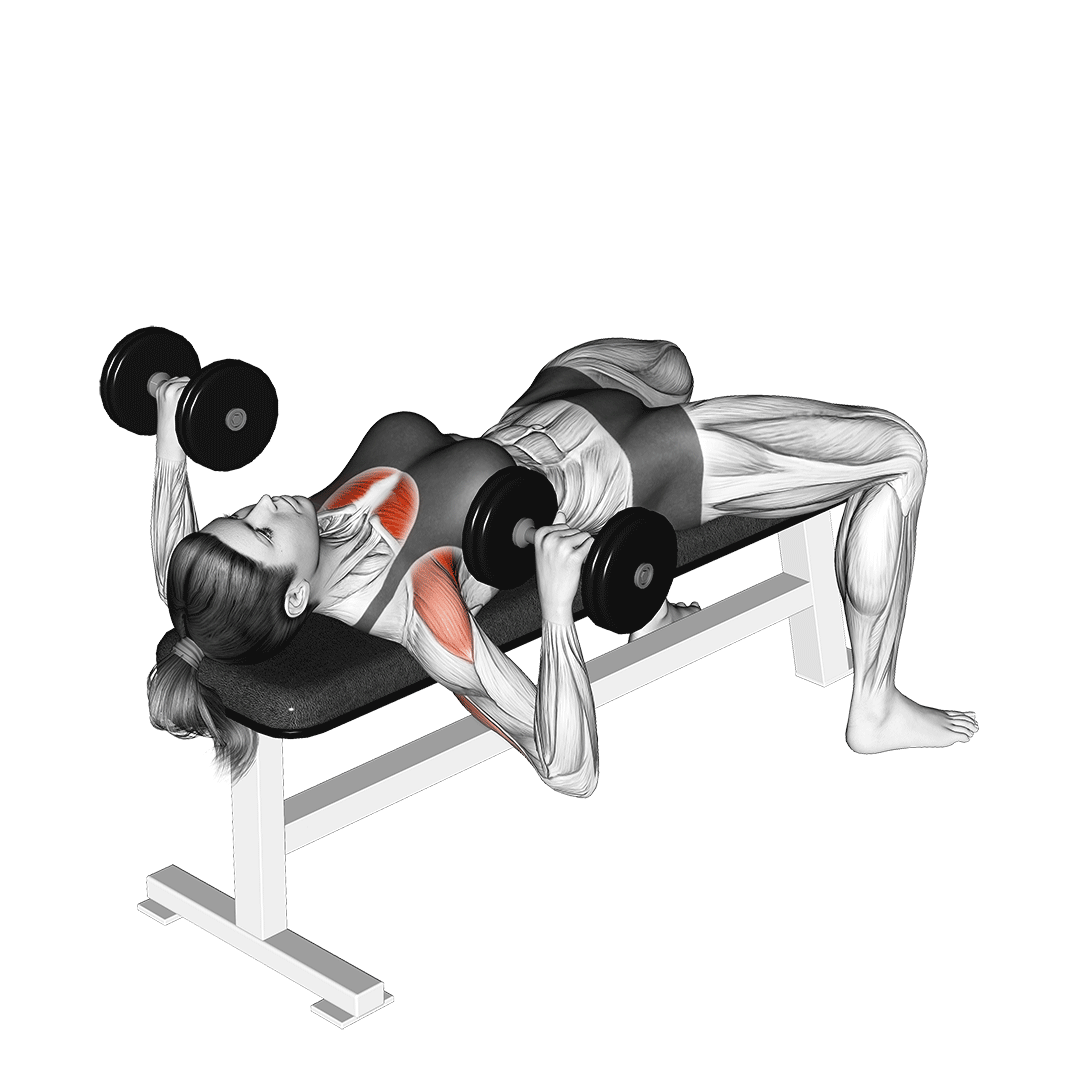
Slowly lower the dumbbells down towards the chest, keeping the elbows close to the sides. Pause for a moment and then press the dumbbells back up to the starting position.
2. Dumbbell Fly
Lie on the back on the floor or on a mat with a dumbbell in each hand. Extend the arms straight up over the chest, with the palms facing in.
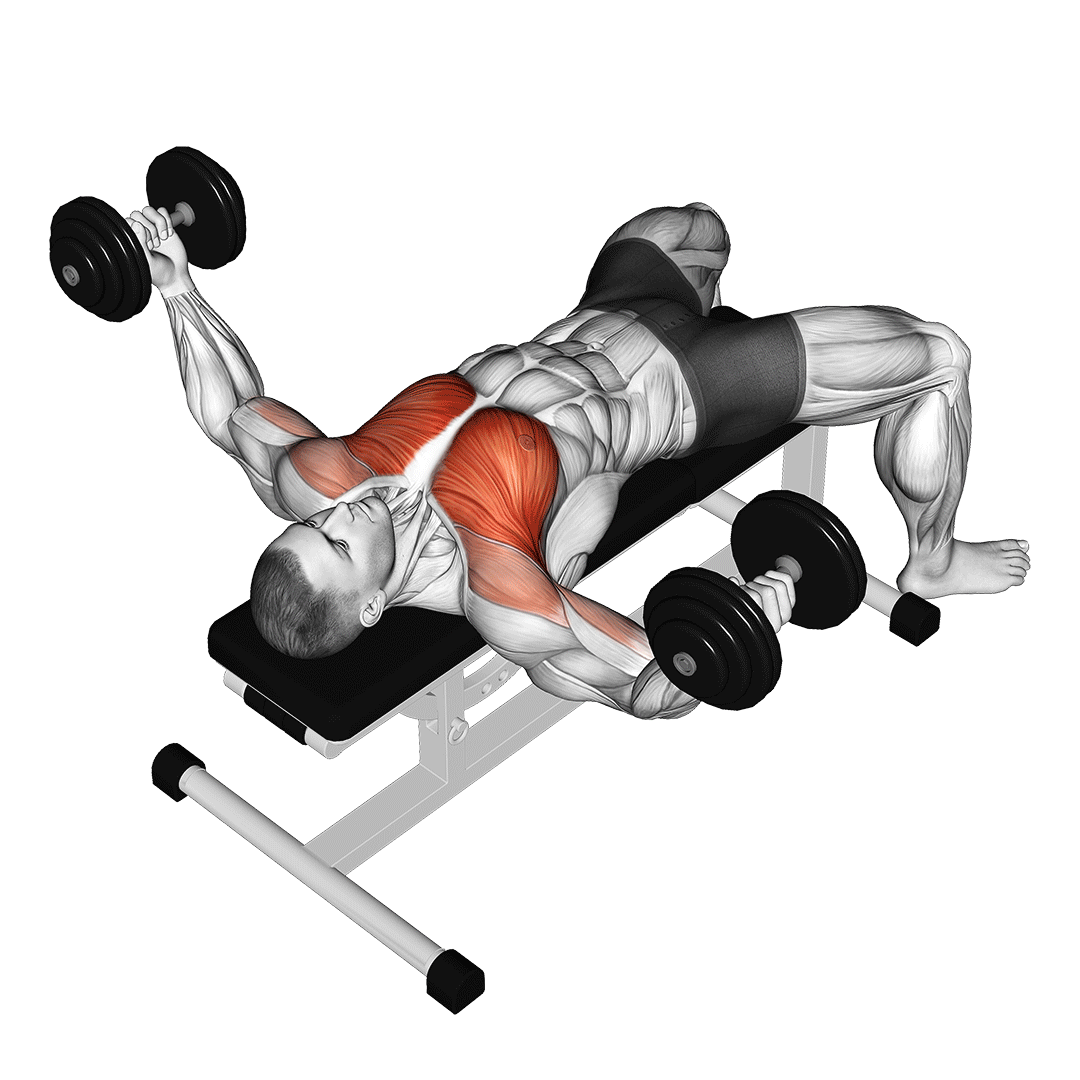
Slowly lower the dumbbells out to the sides, keeping a slight bend in the elbows. When the arms are parallel to the floor, pause for a moment and then bring the dumbbells back up to the starting position.
3. One-Arm Dumbbell Chest Press
Lie on the back on the floor or on a mat with a dumbbell in one hand. Bend the elbow and bring the dumbbell down towards the chest, keeping the other arm extended out to the side.
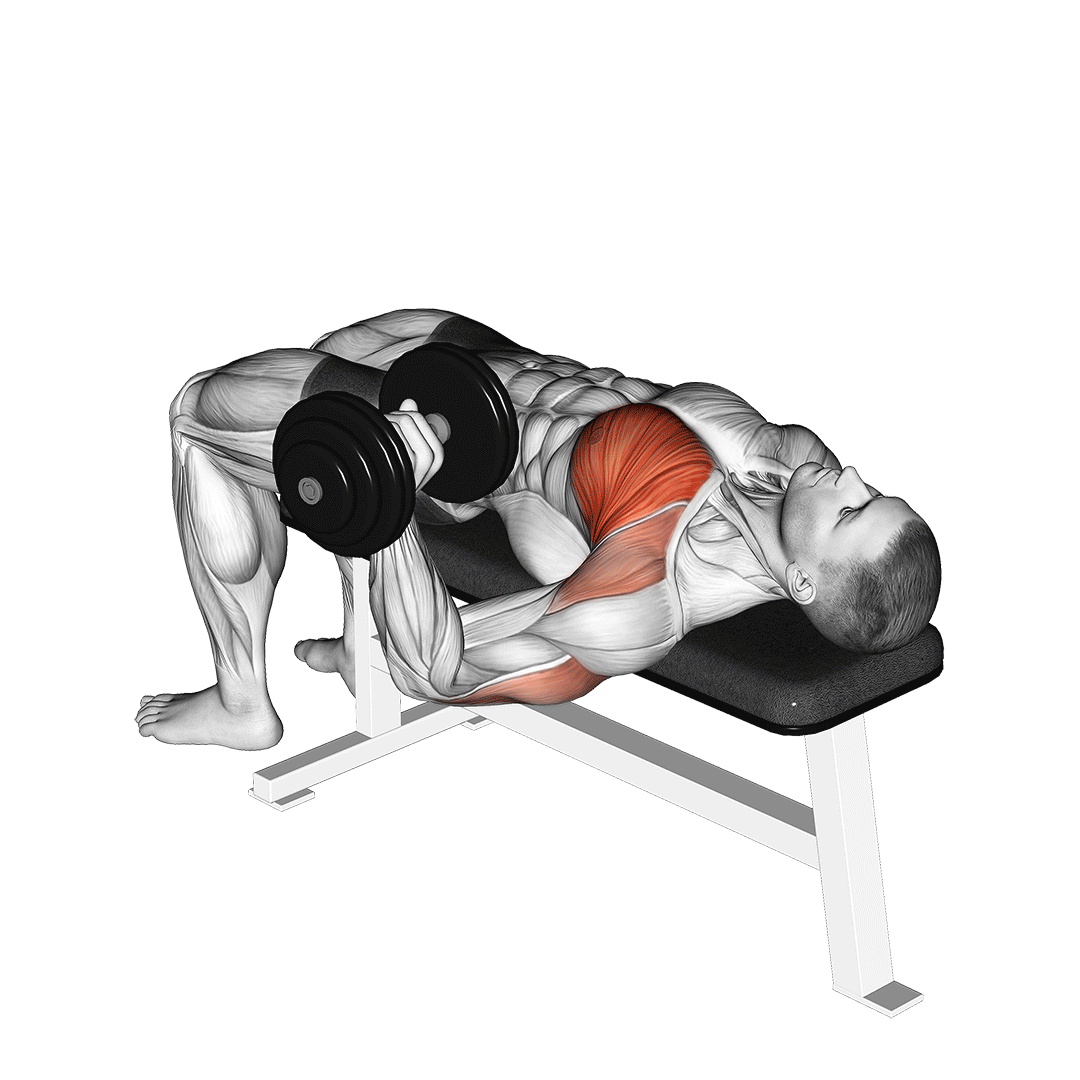
Pause for a moment and then press the dumbbell back up to the starting position. Repeat on the other side.
4. One-Arm Dumbbell Fly
Lie on the back on the floor or on a mat with a dumbbell in one hand. Extend the arm straight up over the chest, with the palm facing in.
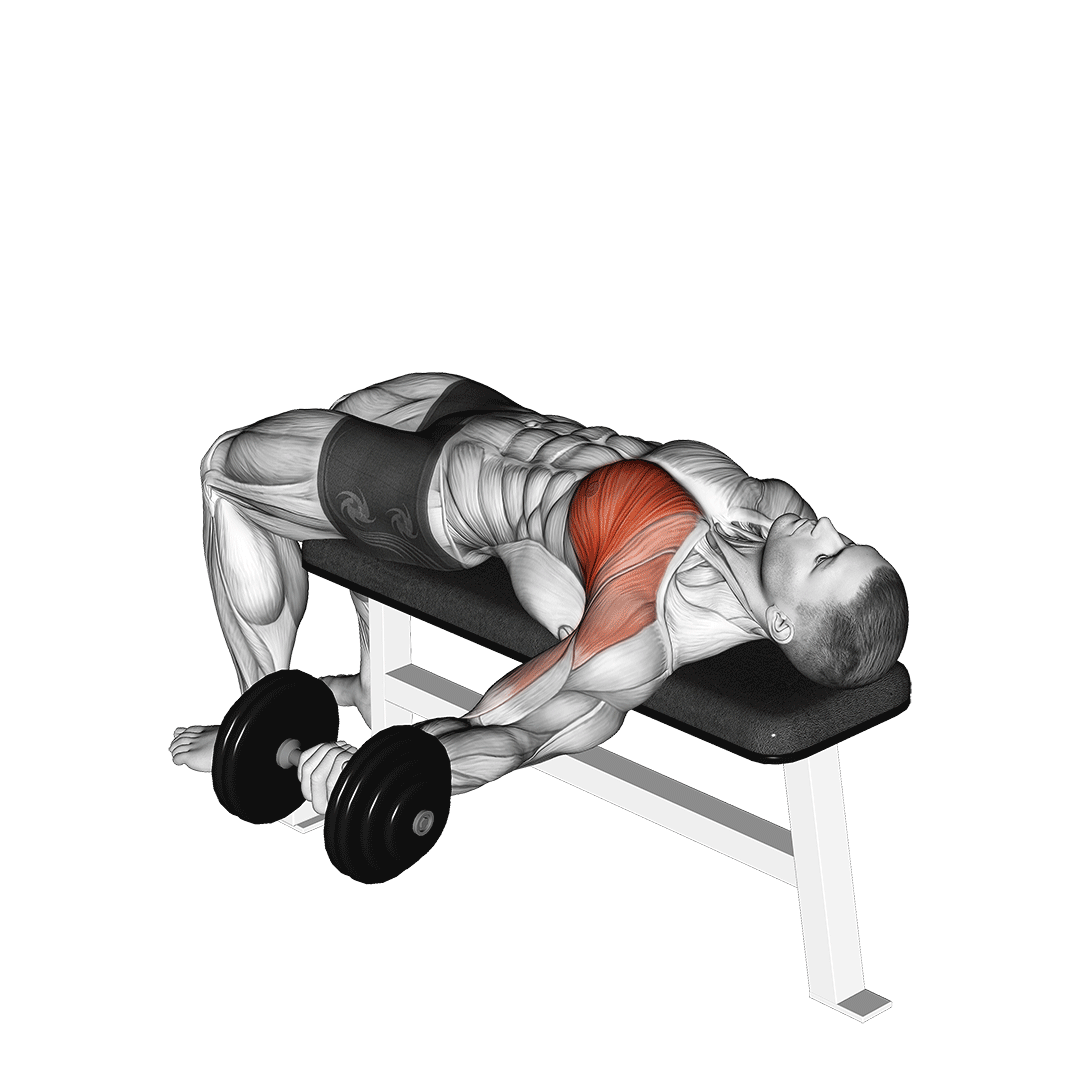
Slowly lower the dumbbell out to the side, keeping a slight bend in the elbow. When the arm is parallel to the floor, pause for a moment and then bring the dumbbell back up to the starting position. Repeat on the other side.
Benefits of Dumbbell Chest Exercises
Dumbbell chest exercises are a popular form of strength training that offer a number of benefits for both fitness enthusiasts and athletes. Here are some of the benefits of incorporating dumbbell chest exercises into the workout routine:
Increased Chest Strength
Dumbbell chest exercises, such as the dumbbell press, help to build chest strength, which can improve the ability to perform a wide range of upper body movements, such as pushing, lifting, and throwing.
Improved Muscle Tone
Dumbbell chest exercises can help to tone and define the muscles of the chest, which can enhance the overall physique and improve appearance.
Increased Muscle Mass
By challenging the chest muscles with heavy weights and high intensity, dumbbell chest exercises can stimulate muscle growth and help to increase muscle mass over time.
Improved Posture
A strong chest can help to improve posture and reduce the risk of back pain and other musculoskeletal issues.
Improved Athletic Performance
Dumbbell chest exercises can improve overall athleticism by improving upper body strength and power, which can help to enhance performance in sports and other physical activities.
Greater Flexibility
Dumbbell chest exercises can also help to improve flexibility and range of motion in the chest muscles, which can reduce the risk of injury and improve overall mobility.
Convenience
Dumbbell chest exercises can be performed at home or the gym with minimal equipment, making them a convenient and accessible option for people with busy schedules or limited access to fitness facilities.
In summary, dumbbell chest exercises offer a wide range of benefits for people of all fitness levels and goals, from improving overall strength and muscle tone to enhancing athletic performance and reducing the risk of injury. By incorporating these exercises into the workout routine, the individual can achieve a stronger, healthier, and more well-rounded physique.
Muscles Worked by Dumbbell Chest Exercises
Dumbbell chest exercises are an effective way to target and work the chest muscles, including the pectoralis major and minor. These exercises also engage other supporting muscles, such as the triceps, shoulders, and upper back, depending on the specific exercise and technique used. Cited below are the muscles worked or engaged in dumbbell chest exercises.
Pectoralis Major
The pectoralis major is the primary muscle targeted by dumbbell chest exercises. This muscle is the largest of the chest muscles and is responsible for adduction, flexion, and internal rotation of the arm. The pectoralis major is made up of two main sections, the clavicular head and the sternal head. The clavicular head is the upper portion of the muscle, and the sternal head is the lower portion.
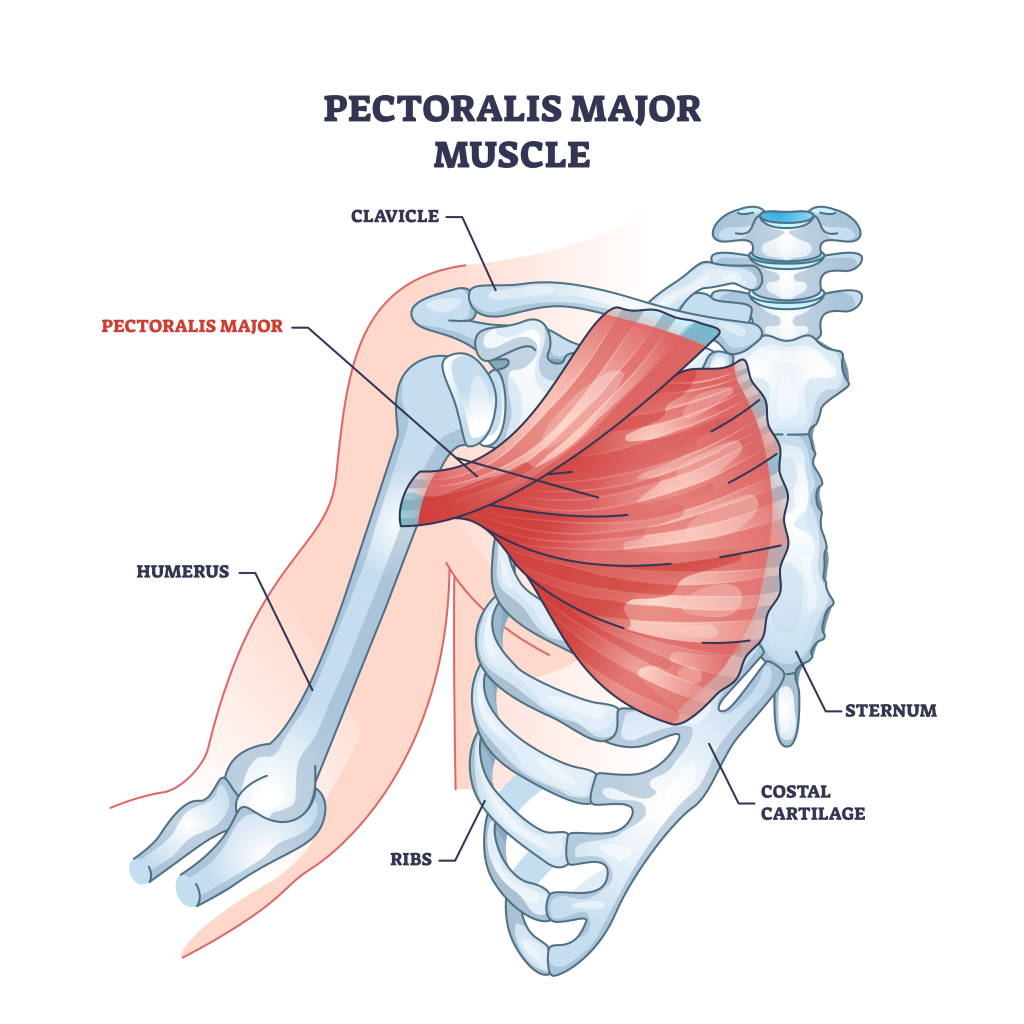
The clavicular head of the pectoralis major is primarily engaged during incline dumbbell chest exercises, such as the incline dumbbell press and incline dumbbell fly. These exercises target the upper portion of the chest and can help to develop a more defined upper chest.
The sternal head of the pectoralis major is primarily engaged during flat and decline dumbbell chest exercises, such as the flat dumbbell press and decline dumbbell fly. These exercises target the middle and lower portion of the chest and can help to build overall chest strength and size.
Pectoralis Minor
The pectoralis minor is a smaller muscle located underneath the pectoralis major. This muscle is responsible for stabilizing the scapula and assisting in the movement of the arm.
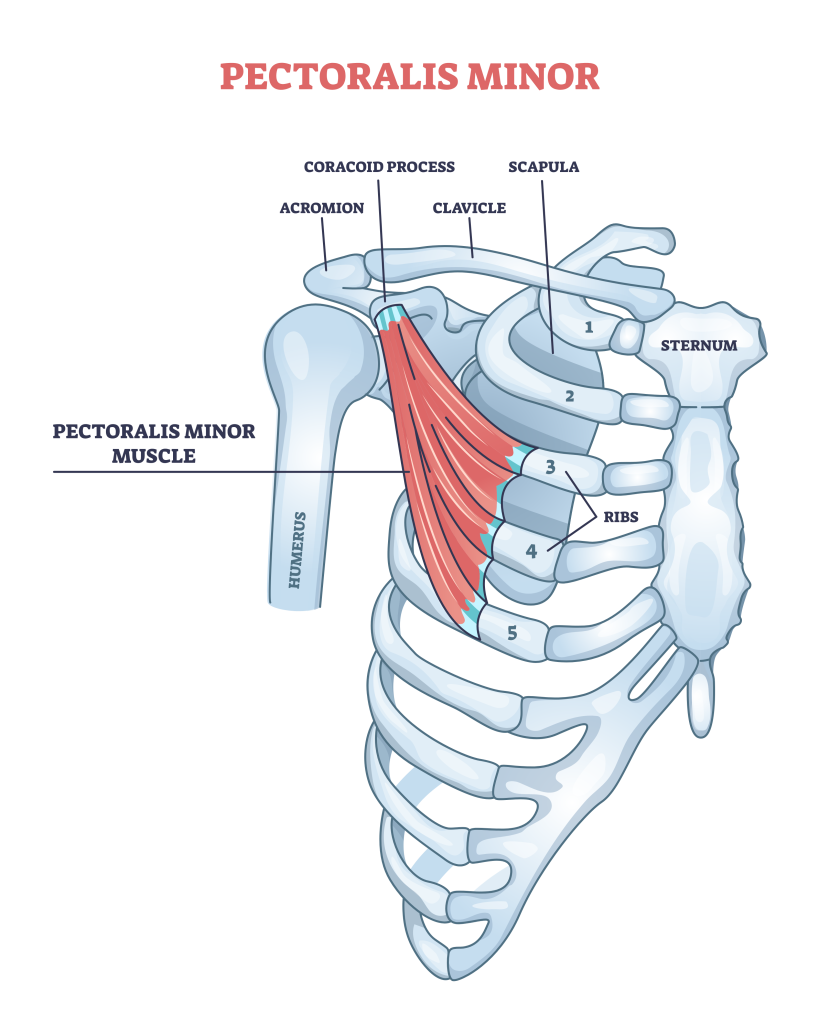
While not directly targeted by dumbbell chest exercises, the pectoralis minor is engaged to some degree, particularly during exercises that involve protraction and retraction of the shoulder blades.
Triceps
The triceps are a group of three muscles located on the back of the upper arm. These muscles are responsible for extending the elbow joint and assisting in arm movements.
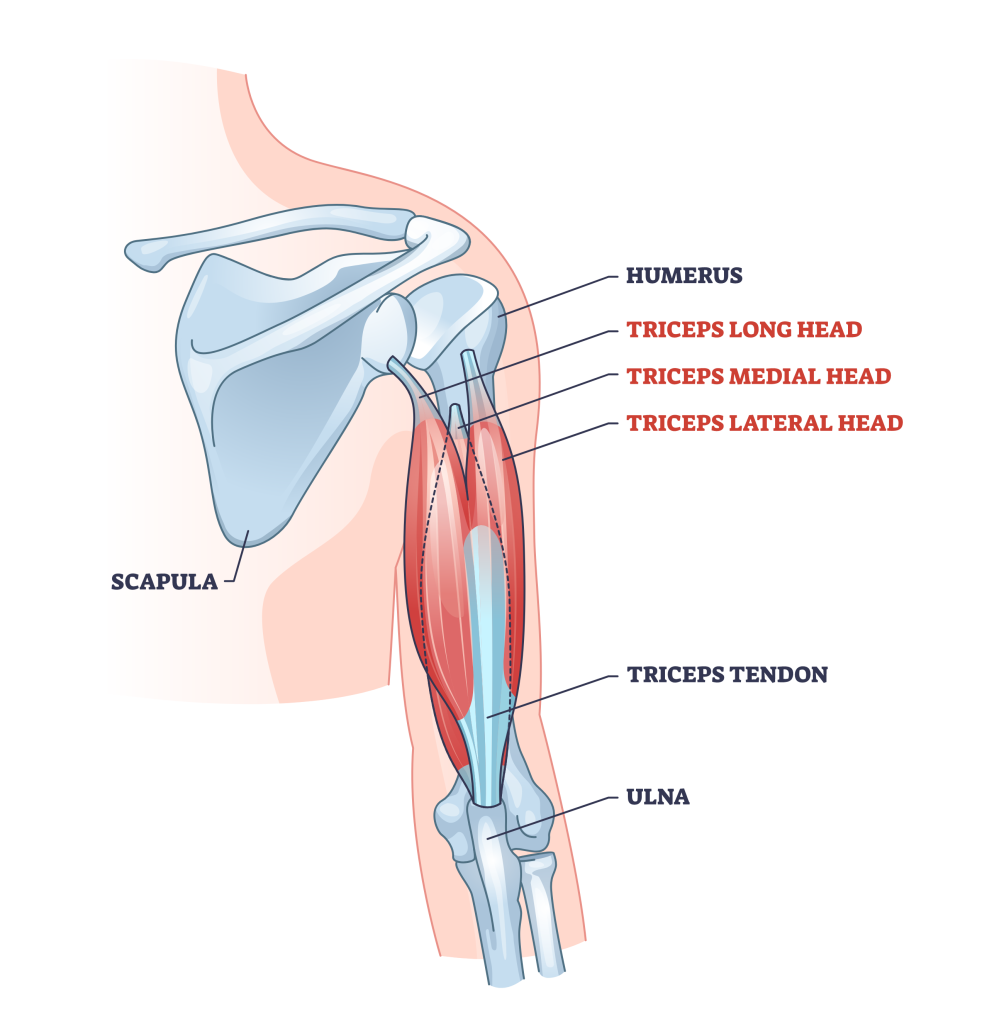
During dumbbell chest exercises, the triceps are engaged to some degree, particularly during exercises that involve pushing movements, such as the dumbbell press.
Shoulders
The shoulders, or deltoids, are a group of three muscles located on the upper arm and shoulder blade. These muscles are responsible for shoulder abduction, flexion, and rotation.
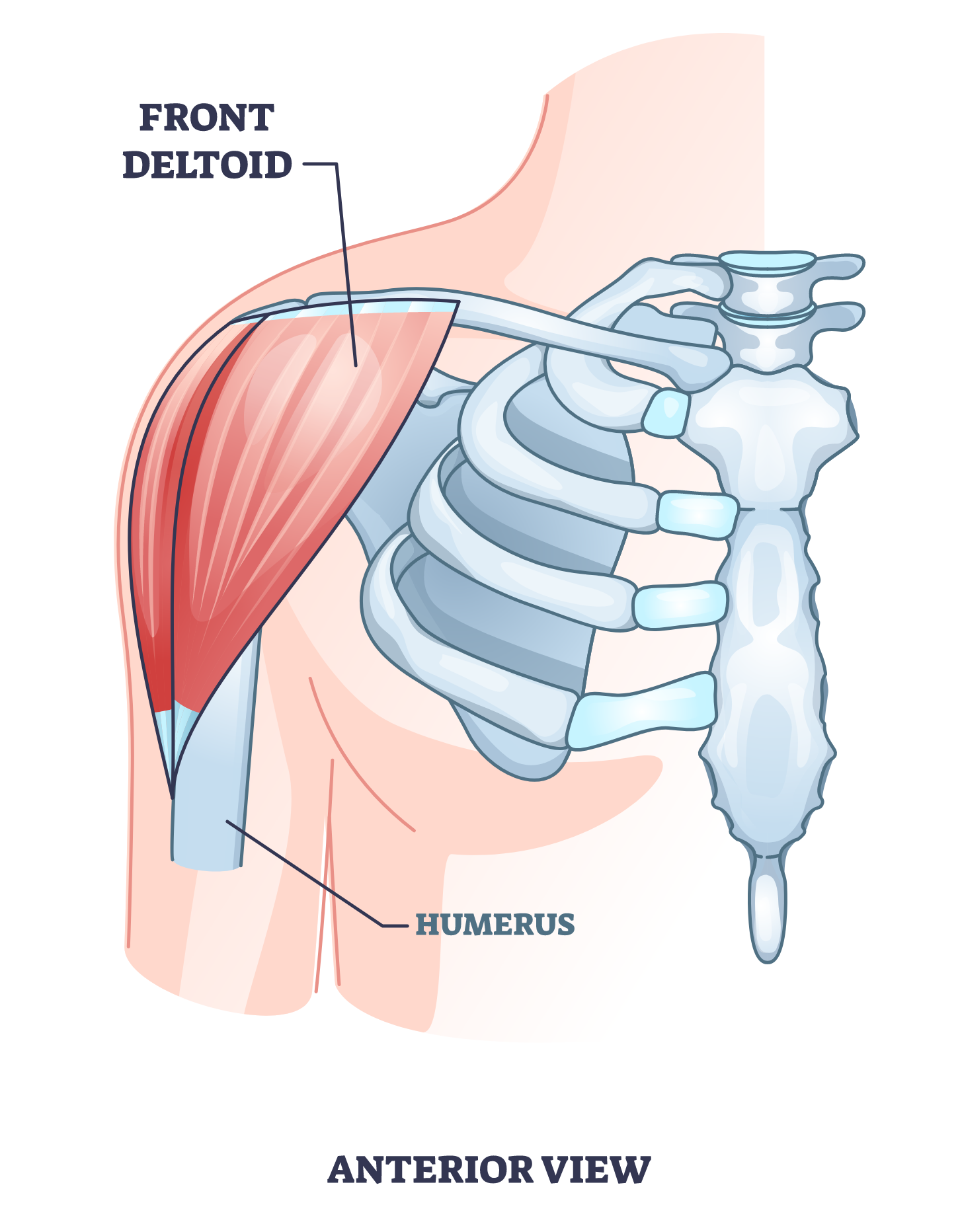
During dumbbell chest exercises, the front portion of the shoulders is engaged to some degree, particularly during exercises that involve pushing movements, such as the dumbbell press.
Upper Back
The upper back, including the rhomboids, trapezius, and rear deltoids, is engaged to some degree during dumbbell chest exercises, particularly during exercises that involve retraction of the shoulder blades. This engagement helps to stabilize the shoulder blades and maintain proper form during the exercises.
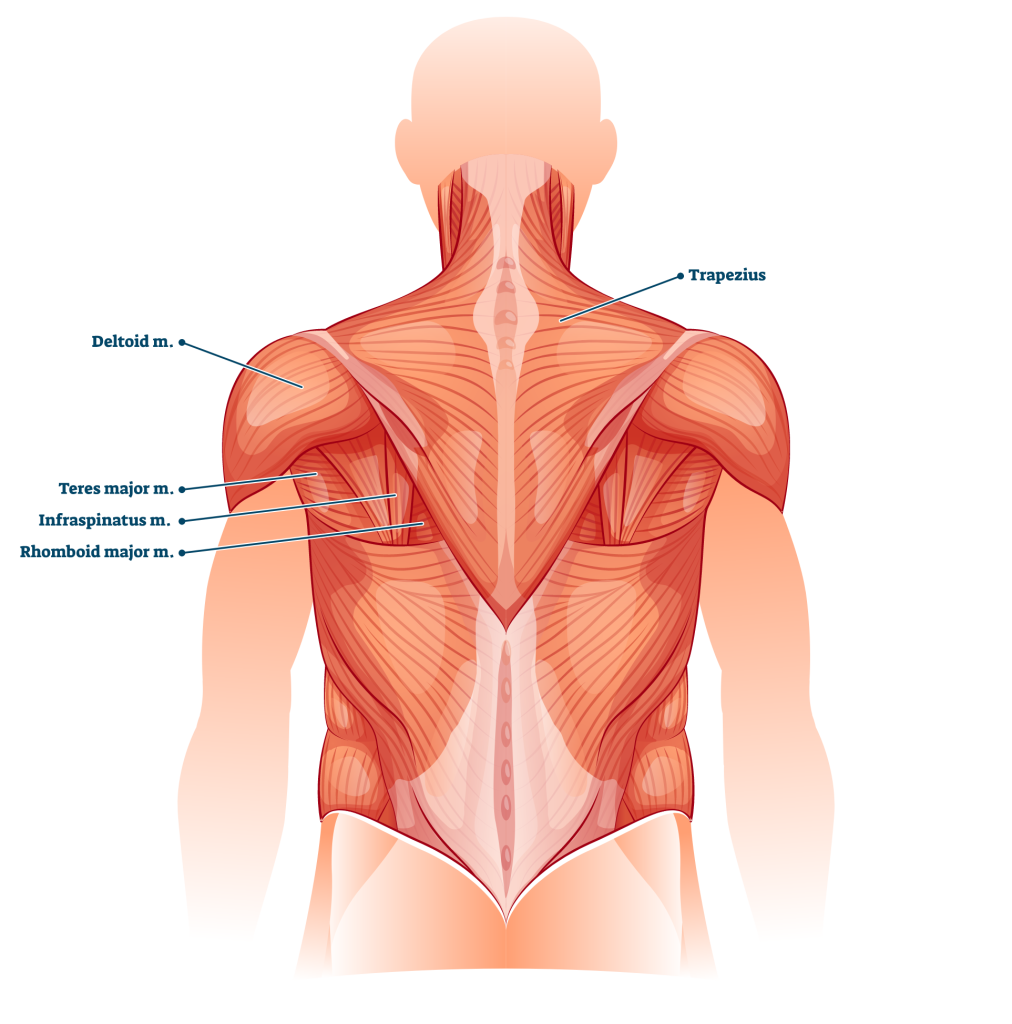
Why are Dumbbell Chest Exercises Important?
The chest muscles are a crucial part of the upper body and play a significant role in various activities, such as pushing, pulling, and lifting. Building a strong and well-defined chest can enhance performance in daily activities and improve athletic performance. Dumbbell chest exercises are an excellent way to work the chest muscles and improve their strength and size.
In addition to building strength and size, dumbbell chest exercises also help to improve muscle symmetry and balance. Many people tend to have one side of their chest that is weaker than the other, which can lead to imbalances and even injury. Using dumbbells can work each side of the chest independently and ensure that both sides are equally strong.
Another benefit of dumbbell chest exercises is that they require the lifter to engage the stabilizer muscles, which are the smaller muscles that support the primary muscles being worked. Engaging these stabilizer muscles can improve muscle coordination and stability, which can help to prevent injury and improve performance in other exercises.
